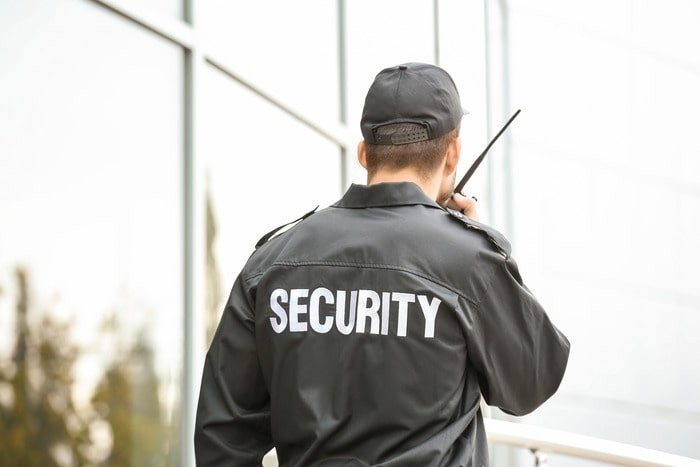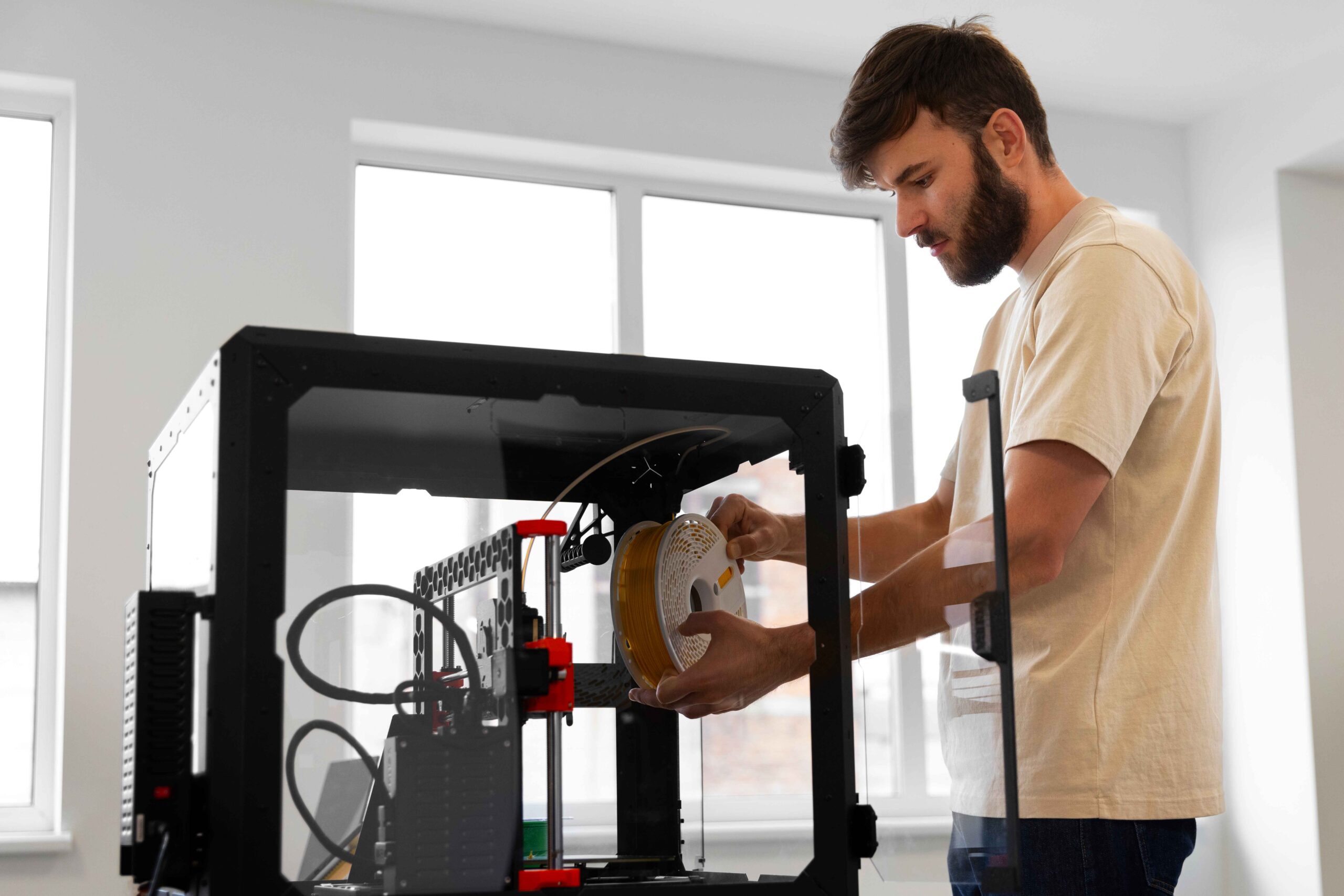Security is a fundamental concern for businesses, organizations, and residential areas. The role of security guards in maintaining safety and controlling access to premises has always been crucial. However, with the rise of modern technology, security personnel are now more efficient than ever before. Innovations in access control systems have significantly enhanced the way security guards perform their duties, ensuring greater safety, accuracy, and accountability. This article explores how technology is transforming the efficiency of security guards in access control.
The Evolution of Access Control:
Traditionally, access control relied on manual methods such as key-based entry, written logbooks, and physical identification checks. These methods, while functional, were prone to human errors, unauthorized access, and inefficiencies. With advancements in technology, security operations have become more streamlined and effective. The introduction of smart access control systems has reduced the burden on security guards while increasing overall security levels.
Biometric Access Control Systems:
One of the most impactful technological advancements in access control is biometric authentication. Fingerprint scanning, facial recognition, and iris scanning have replaced conventional key-based and card access systems. Security guards can now rely on biometric data to verify identities quickly and accurately, reducing the chances of unauthorized entry and identity fraud. This technology also eliminates the risk of lost or stolen access cards, which were common in older security systems.
Smart Surveillance and CCTV Integration:
Modern access control is no longer limited to physical verification by security guards. Smart surveillance systems integrated with artificial intelligence (AI) and CCTV cameras have enhanced monitoring capabilities. Security personnel can now receive real-time alerts on suspicious activities, unauthorized access attempts, and potential threats. With AI-powered analytics, guards can identify unusual behavior patterns and take immediate action, making their job more proactive rather than reactive.
Mobile Access Control Solutions:
The rise of mobile technology has introduced another layer of efficiency in access control. Security guards can now use smartphones and tablets to manage access remotely. Mobile access solutions allow guards to grant or revoke access permissions in real time without the need for physical presence. This is especially useful for large premises, gated communities, and corporate buildings where multiple access points need monitoring.
Cloud-Based Access Control Systems:
Cloud technology has revolutionized how security data is stored and managed. Cloud-based access control systems allow security guards to access entry logs, visitor data, and security reports from anywhere, improving operational efficiency. This eliminates the need for bulky physical records and enables quick decision-making based on real-time data. Additionally, cloud systems ensure that security teams can collaborate effectively, even across multiple locations.
RFID and Smart Card Systems:
Radio-frequency identification (RFID) and smart card technology have streamlined entry processes for security guards. Employees and visitors can use RFID-enabled badges or smart cards for access, reducing manual verification time. Security guards can monitor and control these systems through centralized software, ensuring a smooth and secure entry process. These technologies also provide detailed entry logs, helping with audits and security investigations when needed.
Artificial Intelligence and Machine Learning in Access Control:
AI and machine learning have played a significant role in improving security guard efficiency. AI-powered systems can analyze vast amounts of data in real time, detecting potential security breaches before they occur. Automated alerts help security personnel respond to threats swiftly. Moreover, AI-driven facial recognition can identify individuals from a database, further enhancing security by flagging unauthorized individuals before they attempt entry.
Communication and Incident Reporting Tools:
Technology has also improved communication between security guards and management teams. Mobile apps and cloud-based platforms allow real-time reporting of security incidents, suspicious activities, and emergencies. Security guards can instantly communicate with authorities, ensuring a faster response time in case of threats. This minimizes delays and enhances overall security effectiveness.
Drones for Perimeter Security:
Another emerging technology assisting security guards is drone surveillance. Drones equipped with cameras and sensors can monitor large areas efficiently, reducing the need for constant foot patrols. Security personnel can deploy drones to scan perimeters, identify breaches, and gather aerial footage of restricted zones. This adds an extra layer of security and improves response times to potential threats.
Automated Visitor Management Systems:
Visitor management has become a critical aspect of access control. Automated visitor management systems help security guards register, track, and verify visitors with ease. Digital sign-in systems and self-service kiosks reduce the workload on security staff while ensuring accurate visitor logs. These systems also allow pre-registration, improving the efficiency of visitor handling.
Final Thught:
Technology has undoubtedly transformed the role of security guards in access control, making their tasks more efficient and effective. From biometric authentication and AI-powered surveillance to cloud-based management and drone patrols, these advancements have minimized security risks and enhanced overall safety. As security threats continue to evolve, embracing technological solutions will be key to maintaining robust security measures. Organizations should invest in modern access control systems to empower security guards with the tools they need to perform their duties with greater precision and reliability.




